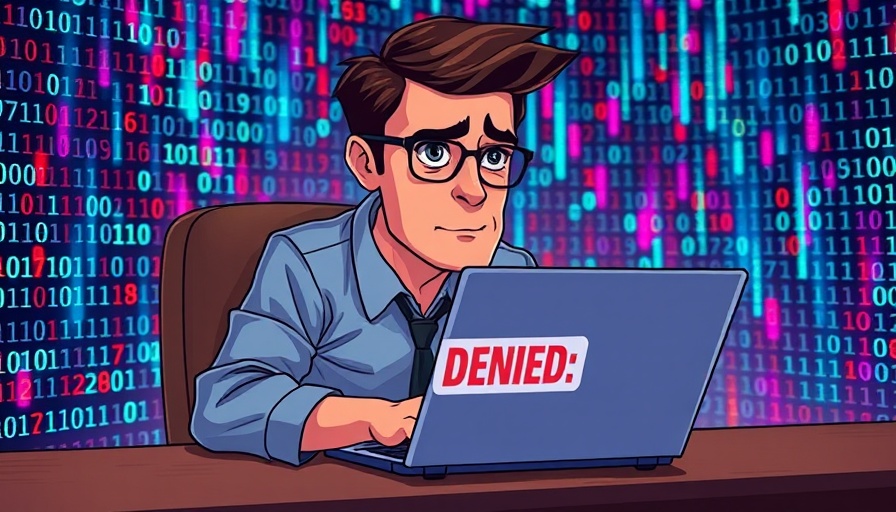
Unraveling the AI Boom in Health Insurance
In the rapidly evolving world of healthcare, artificial intelligence (AI) is becoming a game-changer for health insurers, who are racing to adopt these advanced technologies. Companies such as Elevance and Centene Corp are at the forefront of this revolution, leveraging AI to enhance efficiency and improve service delivery. Elevance, for instance, has integrated a generative AI model within its workforce of 50,000 employees, streamlining operations significantly.
The Promise and Challenge of AI
While the advantages for insurers are clear—faster decision-making and increased operational efficiency—there remains a growing concern about the potential implications for patient care. UnitedHealth Group, utilizing AI in over 500 different tasks, claims that each application is producing double-digit efficiency gains. However, the challenge lies in the ability to track how these advancements affect patients, potentially leading to unforeseen consequences.
Regulatory Gaps and Patient Safety
The quick adoption of AI tools in health insurance raises alarm bells regarding regulatory oversight. Currently, regulators find it challenging to keep pace with the technology, which could lead to a crisis in patient safety. With insurers focusing primarily on financial benefits, the lack of comprehensive regulations may leave vulnerable populations at risk.
The conversation around AI in healthcare isn't just about technological efficiency—it's about ensuring that patient care remains a priority as insurers gear up for a future where AI plays an increasingly central role. Health tech advocates call for stronger governance to safeguard patient interests amidst the AI revolution.
A Call for Ethical Oversight
As AI's footprint expands in healthcare, stakeholders must engage in an ethical dialogue about balancing efficiency with the imperative to protect patient welfare. Insurers must not only innovate but also prioritize regulatory compliance to ensure that advancements do not compromise care quality. A collaborative approach involving technologists, insurers, caregivers, and regulators is essential for navigating this complex landscape.
 Add Row
Add Row  Add
Add 




Write A Comment